 There are 47 individual Wildlife Trusts covering the whole of the UK and the Isle of Man and Alderney. Together, The Wildlife Trusts are the largest UK voluntary organization dedicated to protecting wildlife and wild places everywhere at land and sea. They are supported by 800,000 members, 150,000 of whom belong to their junior branch, Wildlife Watch. Every year The Wildlife Trusts work with thousands of schools, and their nature reserves and visitor centres receive millions of visitors. The Wildlife Trusts work in partnership with hundreds of landowners and businesses in the UK. Building on their existing network of 2,250 nature reserves, The Wildlife Trusts recovery plan for the UKs wildlife and fragmented habitats, known as A Living Landscape, is being achieved through restoring, recreating and reconnecting large areas of wildlife habitat.
There are 47 individual Wildlife Trusts covering the whole of the UK and the Isle of Man and Alderney. Together, The Wildlife Trusts are the largest UK voluntary organization dedicated to protecting wildlife and wild places everywhere at land and sea. They are supported by 800,000 members, 150,000 of whom belong to their junior branch, Wildlife Watch. Every year The Wildlife Trusts work with thousands of schools, and their nature reserves and visitor centres receive millions of visitors. The Wildlife Trusts work in partnership with hundreds of landowners and businesses in the UK. Building on their existing network of 2,250 nature reserves, The Wildlife Trusts recovery plan for the UKs wildlife and fragmented habitats, known as A Living Landscape, is being achieved through restoring, recreating and reconnecting large areas of wildlife habitat.
The Wildlife Trusts also have a vision for the UKs seas and sea life Living Seas, in which wildlife thrives from the depths of the oceans to the coastal shallows. In Living Seas, wildlife and habitats are recovering, the natural environment is adapting well to a changing climate, and people are inspired by marine wildlife and value the sea for the many ways in which it supports our quality of life. As well as protecting wildlife, these projects help to safeguard the ecosystems we depend on for services like clean air and water. All 47 Wildlife Trusts are members of the Royal Society of Wildlife Trusts (Registered charity number 207238). To find your local Wildlife Trust visit wildlifetrusts.org  Bloomsbury Natural History An imprint of Bloomsbury Publishing Plc 50 Bedford Square, London, WC1B 3DP, UK 1385 Broadway, New York, NY 10018, USA www.bloomsbury.com Bloomsbury is a trademark of Bloomsbury Publishing plc This electronic edition published in 2015 by Bloomsbury Publishing Plc First published in 2012 by New Holland Publishers (UK) Ltd Copyright 2015 Bloomsbury Publishing Plc All rights reserved
Bloomsbury Natural History An imprint of Bloomsbury Publishing Plc 50 Bedford Square, London, WC1B 3DP, UK 1385 Broadway, New York, NY 10018, USA www.bloomsbury.com Bloomsbury is a trademark of Bloomsbury Publishing plc This electronic edition published in 2015 by Bloomsbury Publishing Plc First published in 2012 by New Holland Publishers (UK) Ltd Copyright 2015 Bloomsbury Publishing Plc All rights reserved
You may not copy, distribute, transmit, reproduce or otherwise make available this publication (or any part of it) in any form, or by any means (including without limitation electronic, digital, optical, mechanical, photocopying, printing, recording or otherwise), without the prior written permission of the publisher. Any person who does any unauthorised act in relation to this publication may be liable to criminal prosecution and civil claims for damages.
A catalogue record for this book is available from the British Library Library of Congress Cataloguing-in-Publication data has been applied for. ISBN: PB: 978-1-4729-2235-9 ePub: 978-1-4729-2237-3 ePDF: 978-1-4729-2236-6 To find out more about our authors and books visit www.bloomsbury.com. Here you will find extracts, author interviews, details of forthcoming events and the option to sign up for our newsletters. ContentsIntroduction This book pictures and describes 180 key commonly used herbs, indicating which parts are used and for what purpose. The information is concise and does not describe gardening or preparation methods, culinary techniques or doses in relation to the healing properties of herbs. What Are Herbs? The word herb can be used in several ways. What Are Herbs? The word herb can be used in several ways.
Scientifically, it refers to plants that lack woody tissues, but as an everyday term it also refers to plants used for culinary or medicinal purposes. Herbs are plants, or parts of plants such as roots, leaves, flowers or fruits, which are used to flavour foods and for their healing properties. Spices are generally regarded as the hard parts of aromatic plants, usually of tropical origin. They include roots, stems, bark, dry fruits and seeds, but some are actually soft parts like flower buds, as in the case of Cloves. The hard parts of many temperate plants also provide herbal products, and can be regarded as spices, Cumin seeds being an example. Uses of Herbs Herbs originally began to be used for culinary purposes for practical reasons to improve the keeping qualities of meat, and disguise the poor-quality and often rotten food that was all there was to be had. Uses of Herbs Herbs originally began to be used for culinary purposes for practical reasons to improve the keeping qualities of meat, and disguise the poor-quality and often rotten food that was all there was to be had.
Today, many herbs are used to make food more palatable by adding flavour and easing digestion. They are often regarded as essential ingredients, and are commercially important as preservatives. Medicinal herbs were once the only remedies available to people, and have long been the mainstay of domestic medicine. Some have been shown to be valueless or even dangerous, but others have proved effective; many have had a long and unbroken history of use. Therapeutic herbs are used in aromatherapy and other holistic preparations. They are a source of the essential oils used in aromatherapy, as well as to scent pot-pourri mixtures and various cosmetic preparations.
They are very concentrated and used in tiny amounts in massages, aromatic baths, inhalations and compresses. In early herbalism there was no strict division into culinary and medicinal herbs. Many plants can be used for both purposes, and there were others dye plants, cosmetics, colourants and strewing herbs that also came within the domain of the herbalist and apothecary. USING HERBS SAFELY Herbal treatments are not without risk and should not be used with abandon, and the warnings attached to many of the species in this book should be heeded. Herbs may be harmful if taken in large doses, if toxic parts of a plant are used, if a plant is taken internally, if a person is suffering from a condition that may be adversely affected by using a specific herb, or if an individual is allergic to a particular herb. This book describes the parts of the herb that are usually used and their forms.
It does not provide dosages, since these can vary depending on factors such as the condition being treated, and the age and health of an individual. Before attempting any treatment other than simple everyday remedies such as tonics, always consult a doctor or other qualified practitioner. When gathering herbs in the wild, bear in mind that a required herb may have very similar relatives perhaps harmful or even poisonous with which it is easily confused. The carrot family, for example, contains many common herbs, but also extremely poisonous plants such as Hemlock. Unless you are very familiar with a herb, always thoroughly check its identity and seek expert advice. Gathering Herbs in the Wild The garden is the best place to collect herbs, but if you do choose to look for herbs in the wild there are some fundamental rules that you should follow: Damage plants as little as possible, taking only the parts you need, and leaving plants to continue growing.
Bear in mind that in Britain it is forbidden by law to uproot any plant without express permission of the landowner, and to collect any part, including seeds, of some rare species. Do not collect near main roads or in areas where pesticides or other chemicals may have been used. If there is any doubt whatsoever about the identity of a plant, leave it alone (see ). Growing Herbs Grown in a garden, herbs can look and smell wonderful, as well as being useful. You can plant them formally, laid out in well-defined patterns, or fit them into borders among other plants. Never spray or apply artificial chemicals to herbs.
Next page
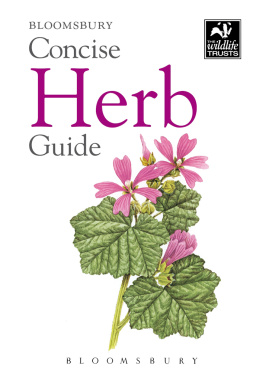
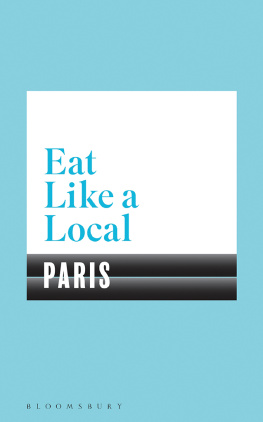
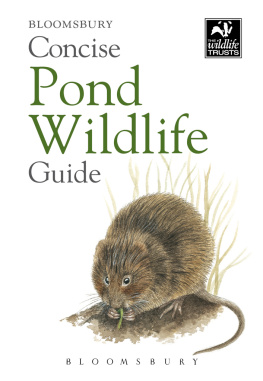

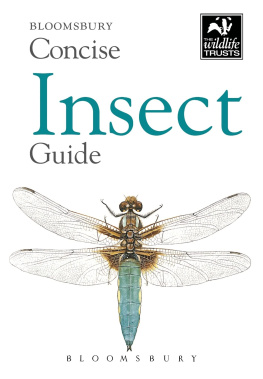
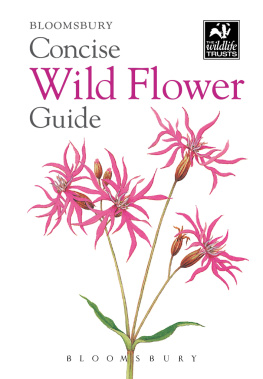
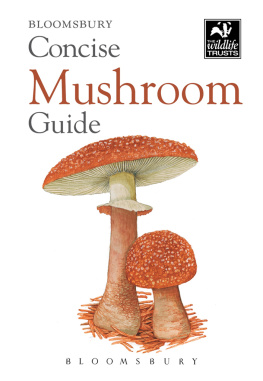
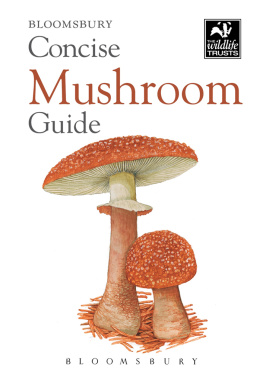

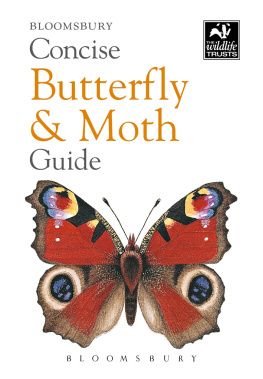
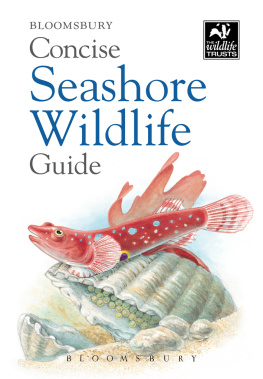
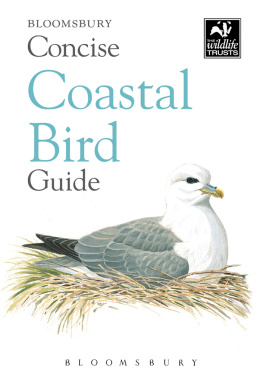
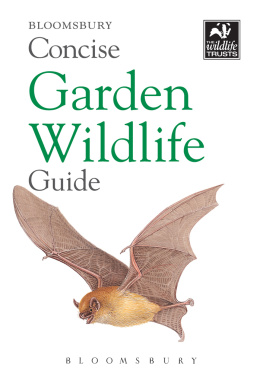
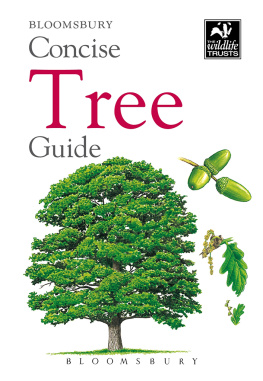
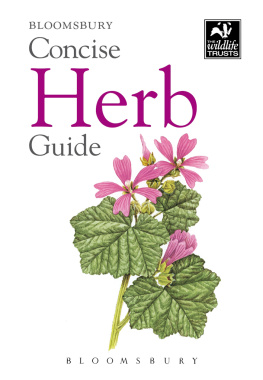
 There are 47 individual Wildlife Trusts covering the whole of the UK and the Isle of Man and Alderney. Together, The Wildlife Trusts are the largest UK voluntary organization dedicated to protecting wildlife and wild places everywhere at land and sea. They are supported by 800,000 members, 150,000 of whom belong to their junior branch, Wildlife Watch. Every year The Wildlife Trusts work with thousands of schools, and their nature reserves and visitor centres receive millions of visitors. The Wildlife Trusts work in partnership with hundreds of landowners and businesses in the UK. Building on their existing network of 2,250 nature reserves, The Wildlife Trusts recovery plan for the UKs wildlife and fragmented habitats, known as A Living Landscape, is being achieved through restoring, recreating and reconnecting large areas of wildlife habitat.
There are 47 individual Wildlife Trusts covering the whole of the UK and the Isle of Man and Alderney. Together, The Wildlife Trusts are the largest UK voluntary organization dedicated to protecting wildlife and wild places everywhere at land and sea. They are supported by 800,000 members, 150,000 of whom belong to their junior branch, Wildlife Watch. Every year The Wildlife Trusts work with thousands of schools, and their nature reserves and visitor centres receive millions of visitors. The Wildlife Trusts work in partnership with hundreds of landowners and businesses in the UK. Building on their existing network of 2,250 nature reserves, The Wildlife Trusts recovery plan for the UKs wildlife and fragmented habitats, known as A Living Landscape, is being achieved through restoring, recreating and reconnecting large areas of wildlife habitat. Bloomsbury Natural History An imprint of Bloomsbury Publishing Plc 50 Bedford Square, London, WC1B 3DP, UK 1385 Broadway, New York, NY 10018, USA www.bloomsbury.com Bloomsbury is a trademark of Bloomsbury Publishing plc This electronic edition published in 2015 by Bloomsbury Publishing Plc First published in 2012 by New Holland Publishers (UK) Ltd Copyright 2015 Bloomsbury Publishing Plc All rights reserved
Bloomsbury Natural History An imprint of Bloomsbury Publishing Plc 50 Bedford Square, London, WC1B 3DP, UK 1385 Broadway, New York, NY 10018, USA www.bloomsbury.com Bloomsbury is a trademark of Bloomsbury Publishing plc This electronic edition published in 2015 by Bloomsbury Publishing Plc First published in 2012 by New Holland Publishers (UK) Ltd Copyright 2015 Bloomsbury Publishing Plc All rights reserved